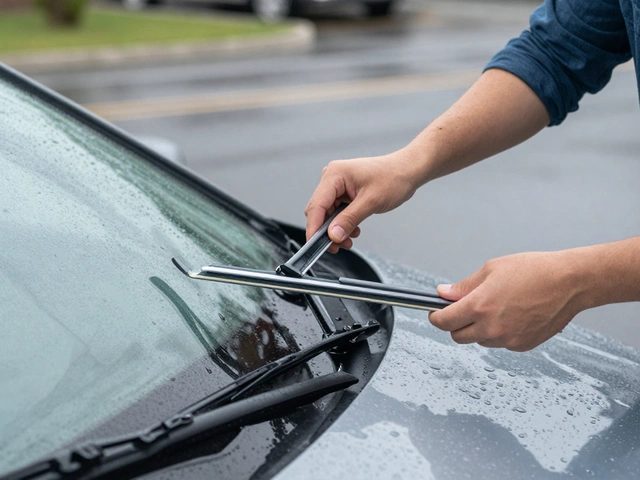Radiator Repair: Signs, Causes, and What to Do When Your Car Overheats
When your car starts running hot, it’s not just an inconvenience—it’s a warning. The radiator, the main component that cools your engine by circulating coolant through a network of tubes and fins. Also known as the cooling system core, it’s one of the most critical parts you never think about until it fails. Without a working radiator, your engine can overheat in minutes, leading to warped heads, blown gaskets, or even a total engine seizure. This isn’t theory—it’s what happens when people ignore the first signs.
Radiator repair often starts with something small: a slow coolant leak, a drip under the car or low fluid levels that keep coming back. You might see green, orange, or pink fluid pooling near the front of your car, or notice steam rising from under the hood. Sometimes, the problem isn’t a leak at all—it’s a clogged radiator, a broken fan, or a faulty thermostat. These aren’t separate issues; they all tie back to the same system. If your radiator isn’t moving coolant properly, your engine doesn’t have a chance to cool down. And in the UK’s stop-start traffic or long motorway drives, that’s a recipe for disaster.
Many people wait until the temperature gauge hits red before acting. By then, damage is already done. The smart move is spotting the early clues: a strange smell like sweet syrup, a hissing noise from the engine bay, or the heater blowing cold air when it should be warm. These aren’t random glitches—they’re the radiator screaming for help. And if you’ve got a car over 10 years old, your radiator might just be worn out. Even if it doesn’t leak, internal corrosion can block flow, making it less effective over time. Replacing it before it fails saves you from a tow truck bill and a much larger repair bill later.
Some of the posts below show you how to check for a bad radiator without lifting a tool—just by looking and listening. Others walk you through the real cost of radiator repair in the UK, what parts drive the price up, and when you can fix it yourself versus when you need a pro. You’ll also find out why a 20-year-old radiator might still be holding up, and why replacing it could be smarter than you think. Whether you’re dealing with a tiny drip or a full-blown meltdown, this collection gives you the facts you need to act fast, save money, and keep your car running safely.





